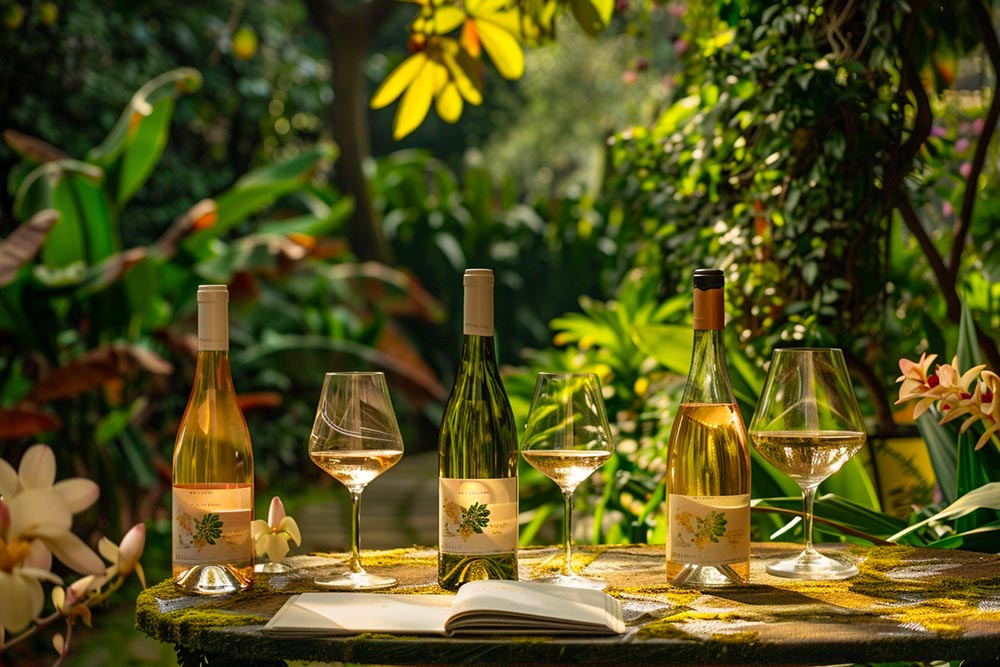Comparing Indian White Wines
India’s white wines have evolved significantly, offering a variety of flavors and styles. When comparing these wines, consider grape variety, production techniques, flavor profile, and regional influences.
Grape Variety: Indian white wine commonly uses grapes like Chenin Blanc, Sauvignon Blanc, and Chardonnay. Each grape imparts unique flavors and aromas to the wine.
Production Techniques: Winemakers use various techniques such as stainless steel fermentation and oak aging. These methods influence the wine’s body, acidity, and complexity.
Flavor Profile: Indian white wines range from crisp and dry to slightly sweet. They often feature notes of citrus, tropical fruits, and floral hints. The balance of acidity and sweetness is key to their taste.
Regional Influences: Regions like Nashik, Karnataka, and Maharashtra offer unique climates and soil conditions. These factors shape the flavors and aromas of the wines, adding distinct regional characteristics.
In summary, Indian white wines offer diverse flavors influenced by grape varieties, production techniques, and regional terroirs. Understanding these factors helps enthusiasts appreciate their unique profiles.

Leave a Reply